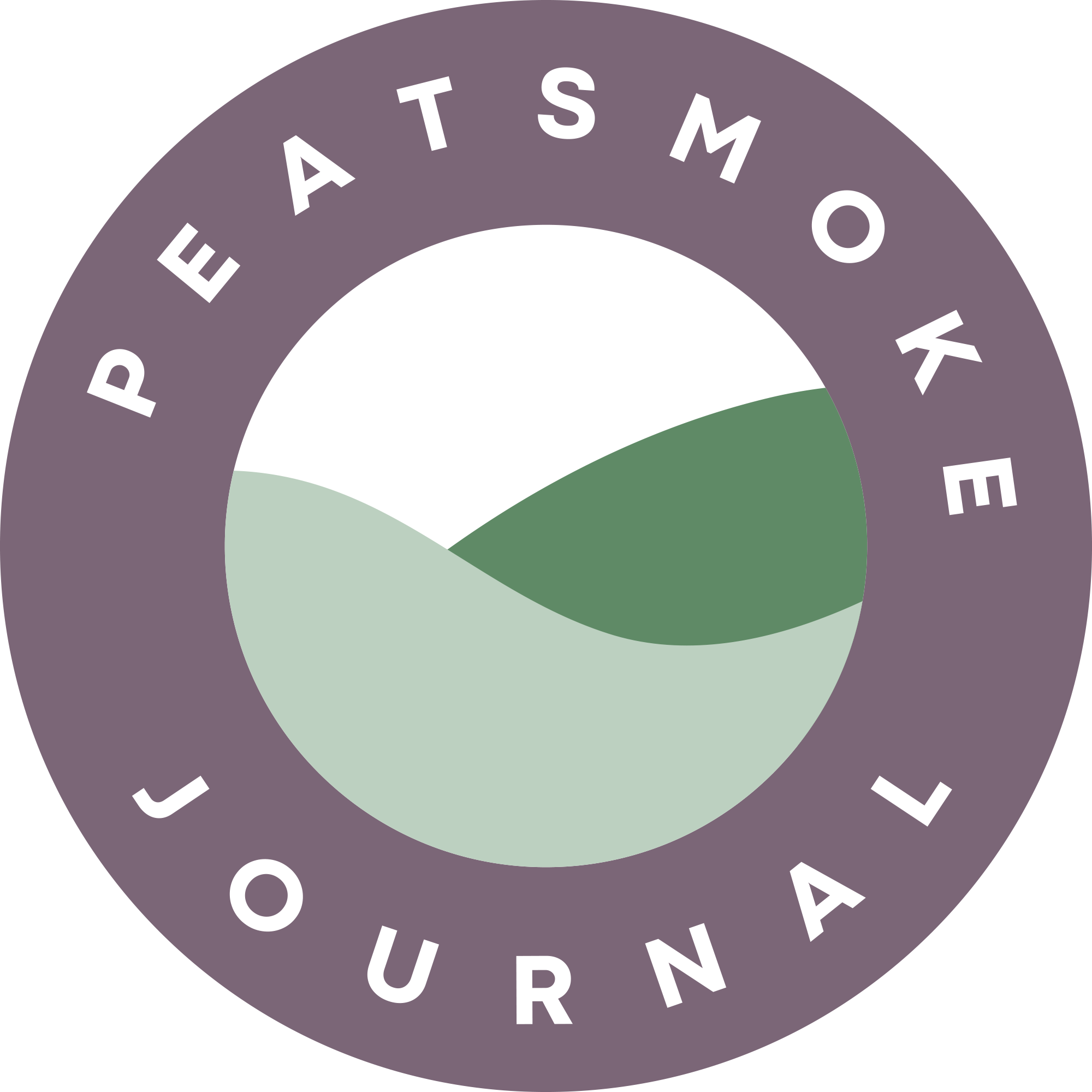How Could You Do a Thing Like That?
“Spires” by Dylan Nicole Hansen
In a Mohs surgery, dermatologists make an incision in the skin like a parenthesis so close the ends kiss. When I assist, I like to watch the scalpel deftly part skin, how the skin peels back a little when under tension. It's not at all like going to the hairdresser, but it can feel similar. For some patients, this isn't their first visit, or their last. The sun etching its time. They sit down in the clinic’s operating chair, and they begin to talk, the story of their skin and their lives plotting parallel lines through the noon hour.
He lives several hours away in a neighboring town because it’s cheap, and there, a man can own the land he sleeps on. His ex-wife is a woman he can no longer remember liking. He loves his children.
It's all about margins—what to take, what to leave behind—you keep going until the space between cancer and not is something a person can live with. The “negative” margin is the interlude between cancerous cells and healthy tissue. It’s always a question. How much to take.
We wage an ancient battle between keeping what is good and cutting out all that could be bad. Each thin slice is reviewed carefully under the microscope, marked out in colors to give it coordinates. There is still a border of cancerous cells around the southeast margin, so we return to take more.
His son is gay, and his ex-wife kicked his son out of the house several years back. I imagine this son on the wrong side of the margin, the steely scalpel of a mother’s love. “How could you do a thing like that?” our patient asks of the room. “I only know one way to love. I love my children,” he says again to no one. He says again, to himself. We leave the room with a fresh skin slice in hand.
This time, beneath the microscope, the margins are negative. There is no more cancer, so to speak, and we tell him as we repair the cuts we’ve made, lassoing the wound edges together. He is quiet for a moment, watching us work his wound into a tight-lipped smile, but soon retrieves the thread of his story. His son was homeless after that, until he bought him a fresh mattress and made space on that small plot of land that a man could own. They slept there together without room for more.
We don’t watch the careless tear that wanders down his cheek. The wound nurse starts in about slathering Vaseline over the sutures every night, how soon they will dissolve and when and why to call. We cut the sutures long so he can take them out himself.
About the Author
Liana Meffert is an emergency medicine physician-resident at Medstar Georgetown/Washington Hospital Center. Her awards include Stanford’s Irvin David Yalom Literary Award, the F. Sean Hodge Prize for Poetry in Medicine, and the Robert D. Sparks Essay Contest. Her writing has been featured in US News & World Report, Medscape, The Examined Life, Intima, JAMA, and SWWIM, among others. You can find more of her work at Lianameffert.com. All views expressed are her own.
about the artist
Dylan Nicole Hansen is a Junior at UW with a major in Culture, Literature, and the Arts. She fell in love with photography in high school and dabbled more with it in college. She has published short stories, including one in UW's Clamor, and is now delving into the realm of photography. Dylan enjoys anything magical or surreal, especially involving playing with light. She wants to bring her writers imagination to a physical photograph. Dylan also loves to play with everyday objects and see how they can play a roll into the surreal landscape. This image is nails against a kitchen countertop, with a fur rug as the background. She wanted it to look like the spires of a castle, with a dark and modern undertone. The others are taken with lights and mirrors.

